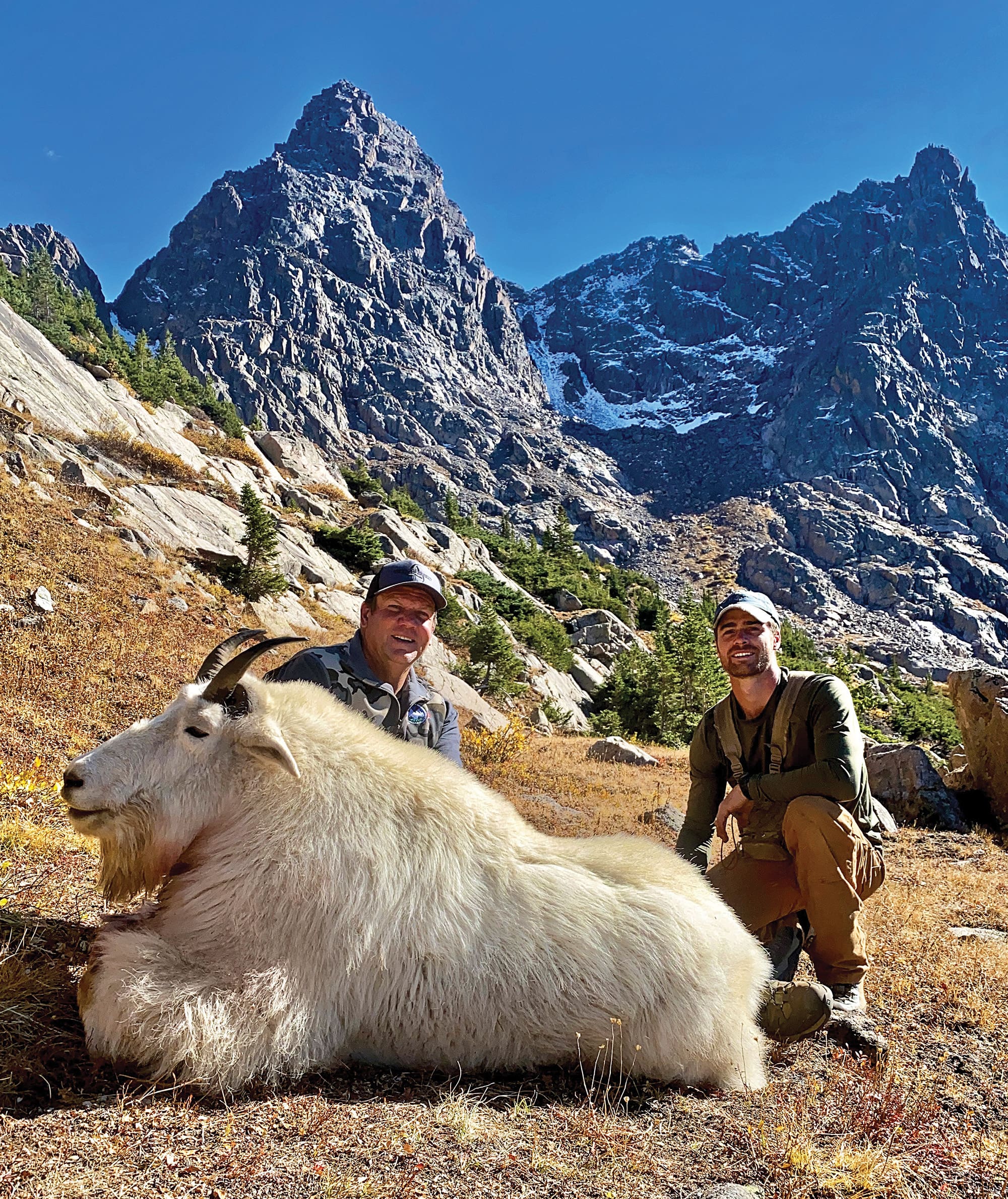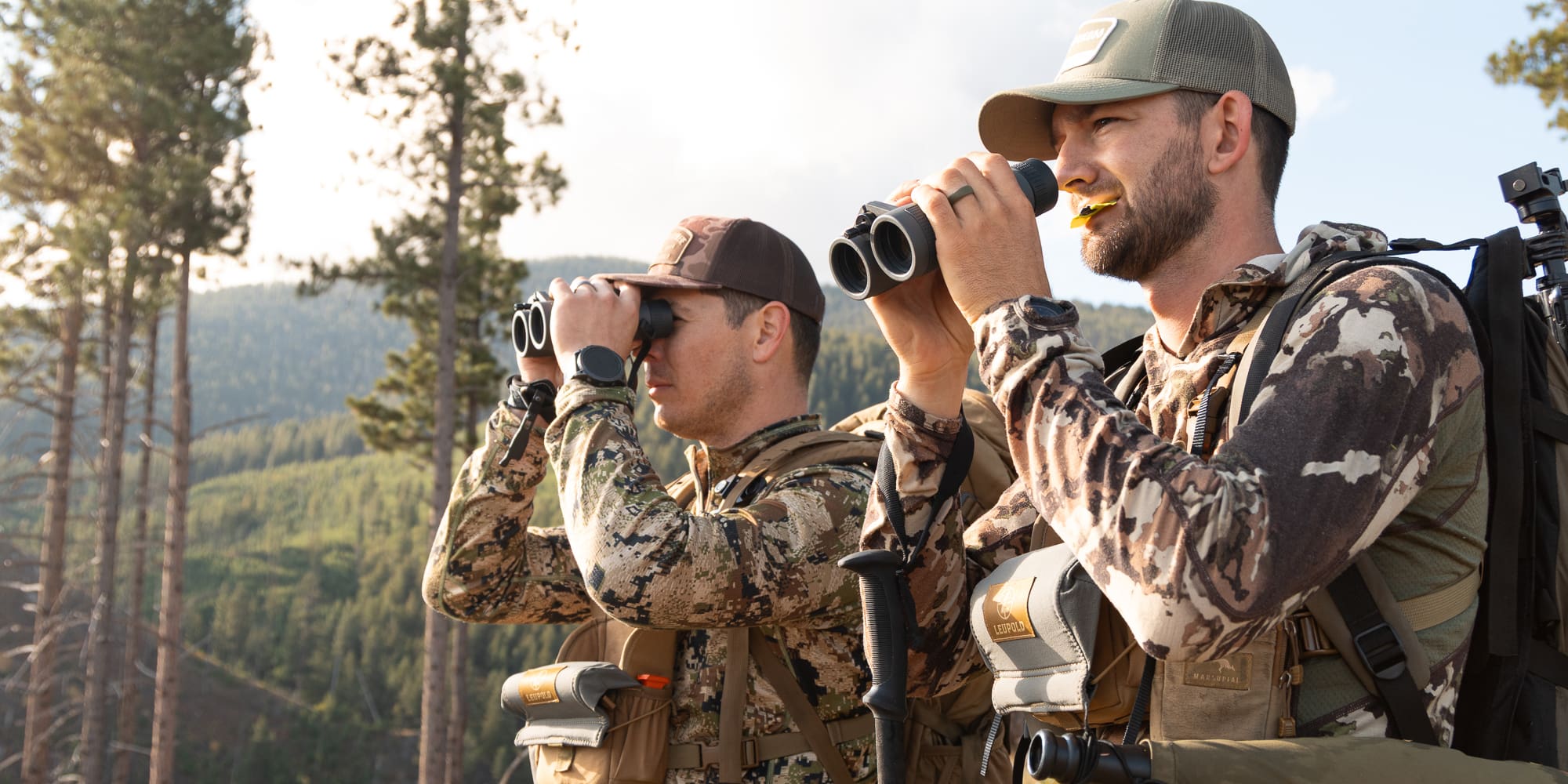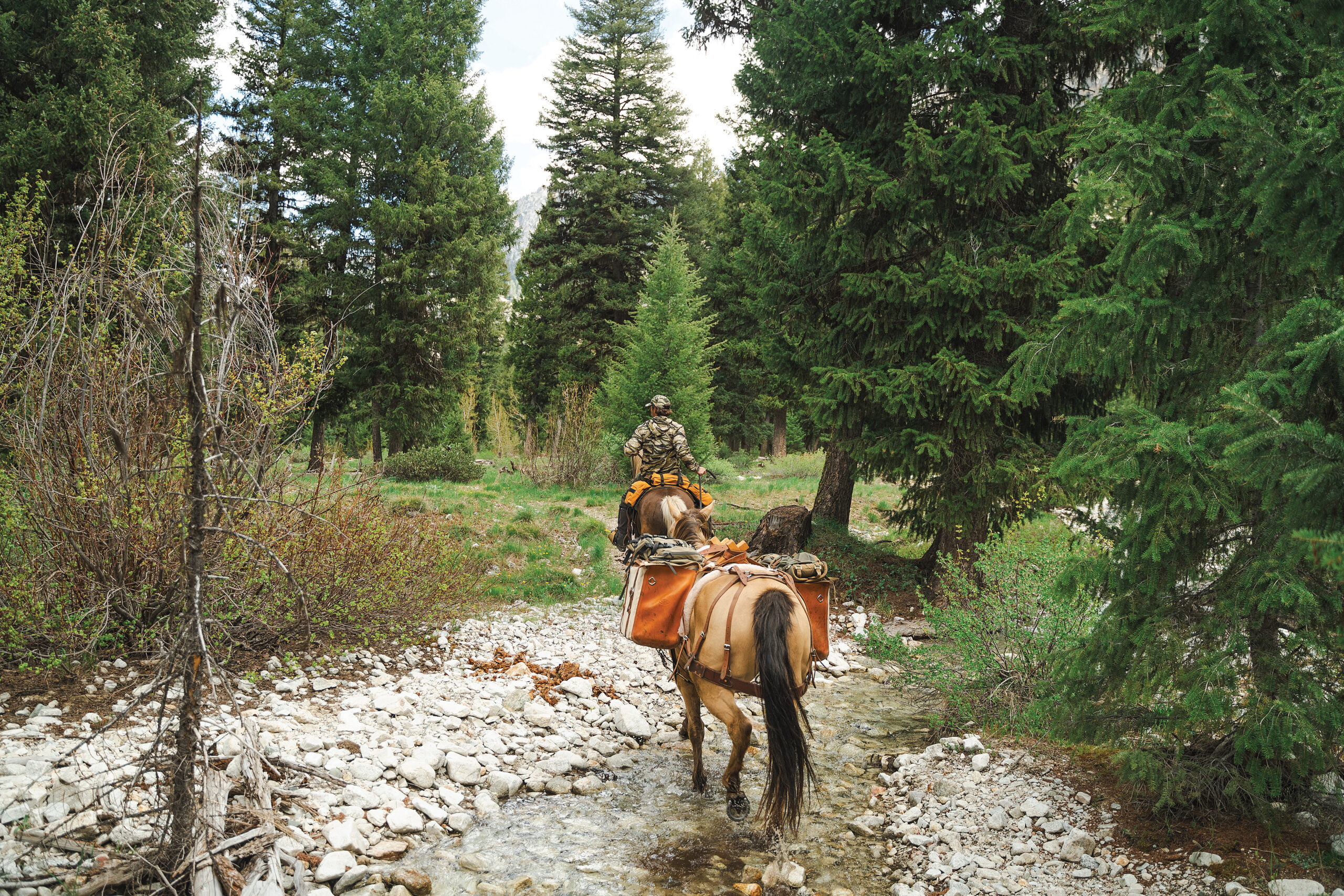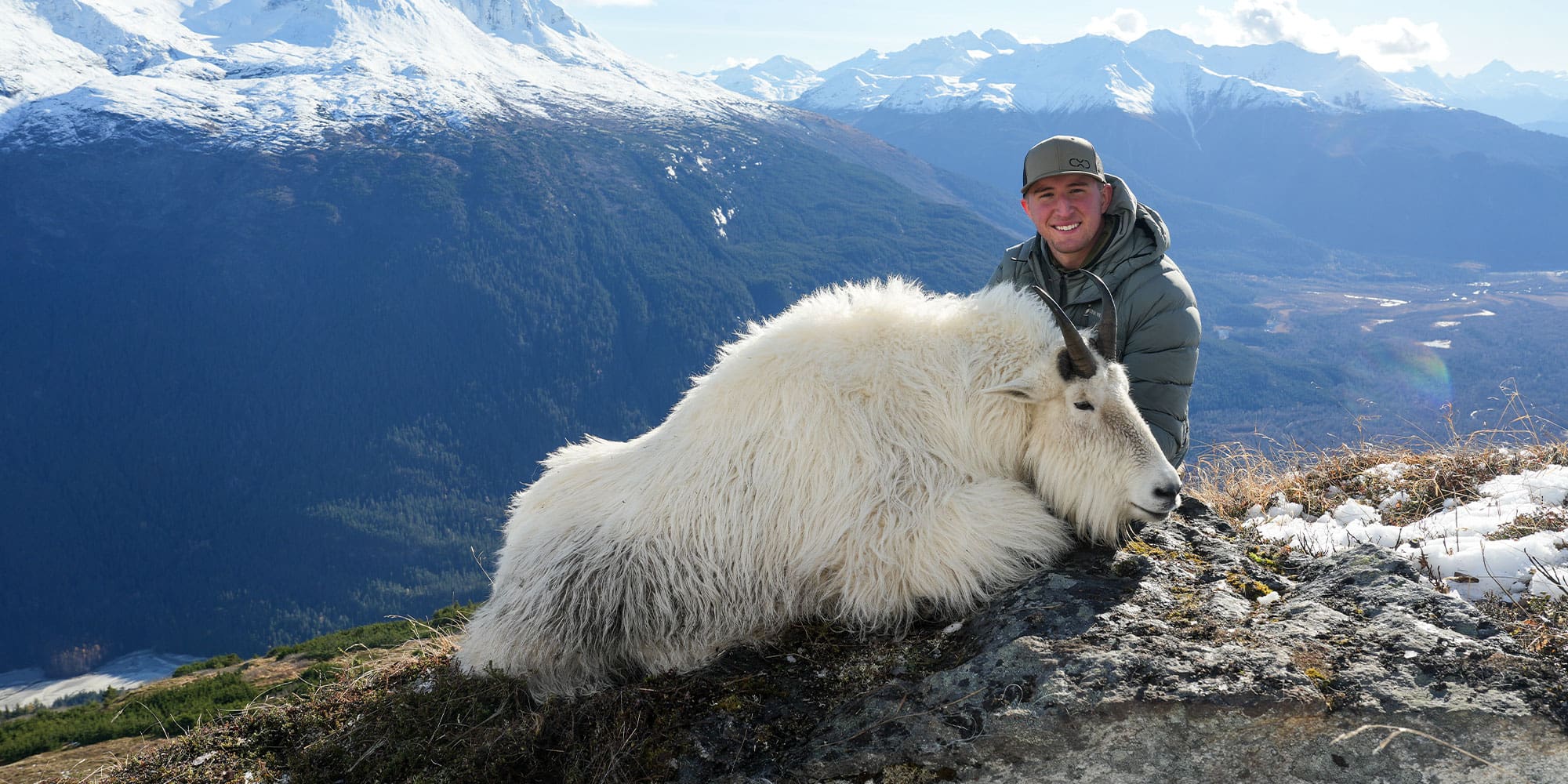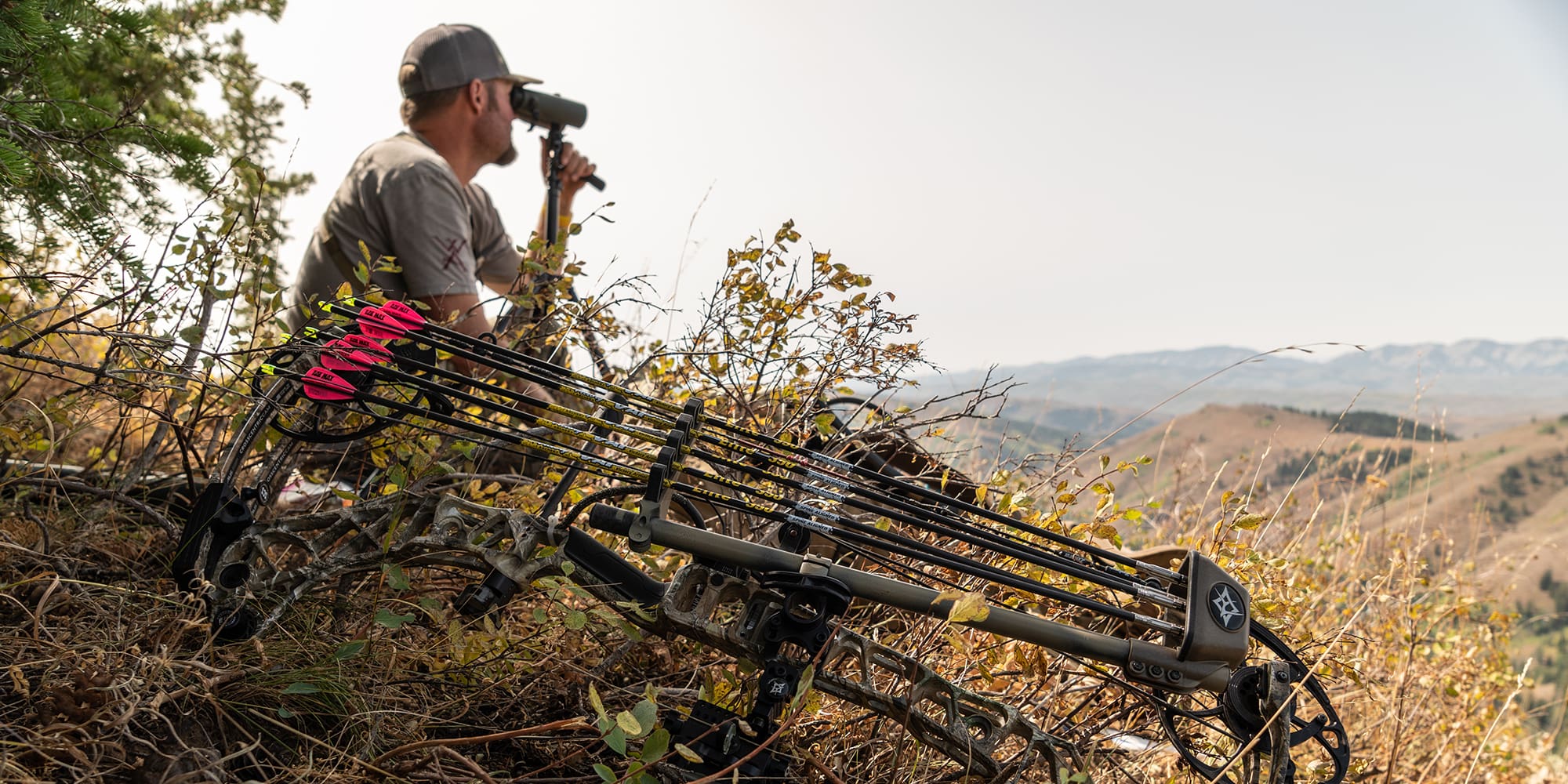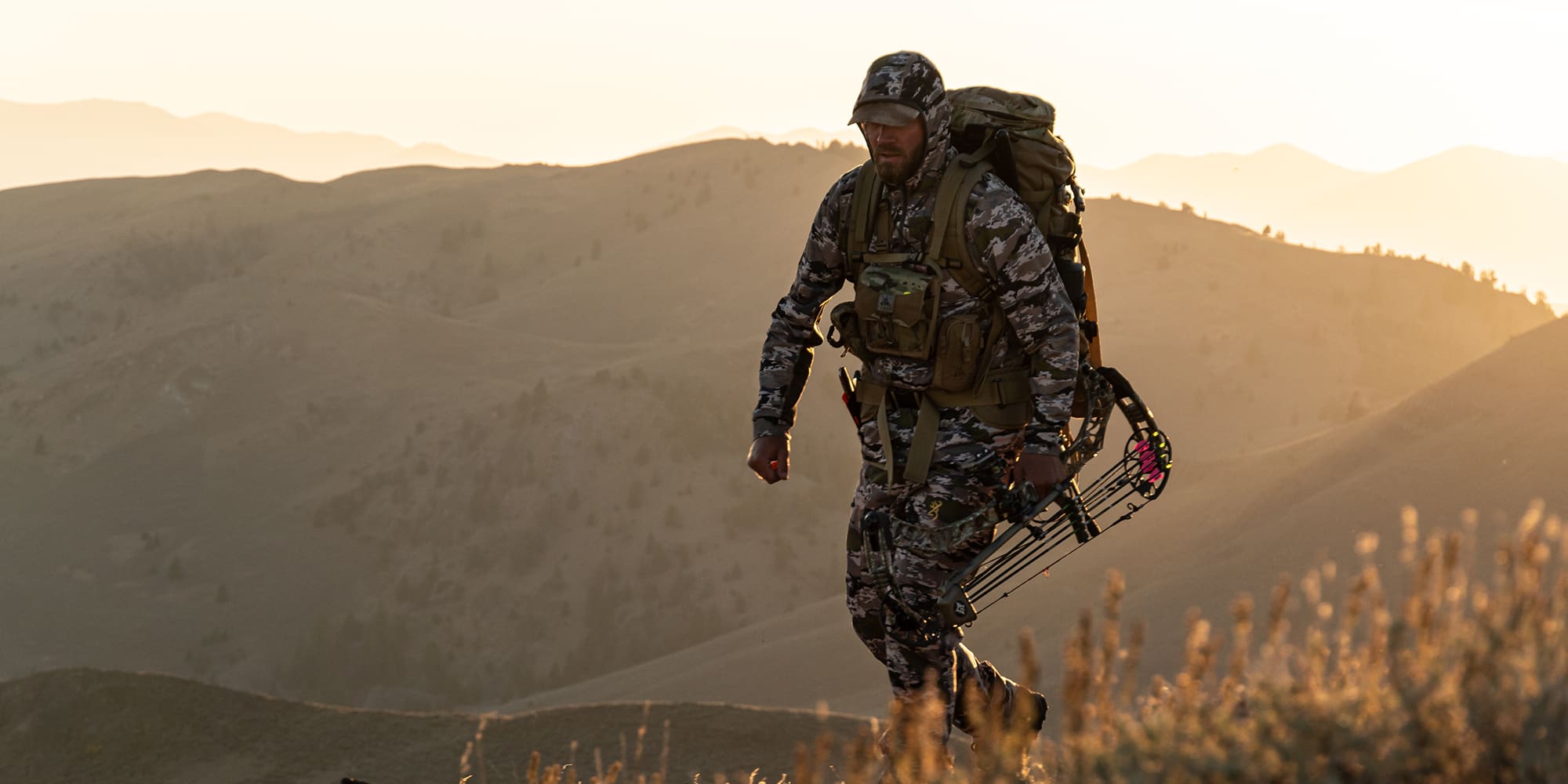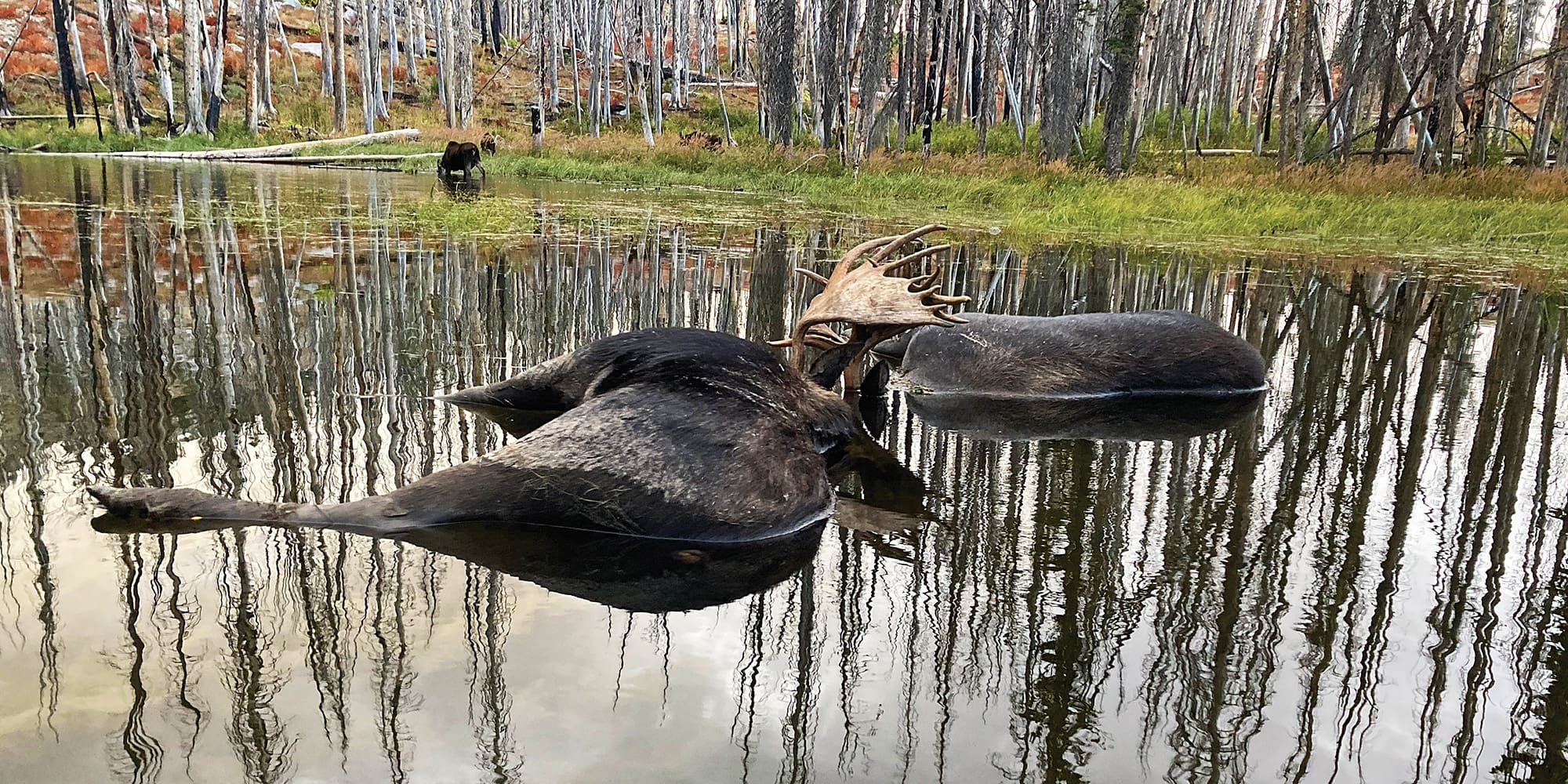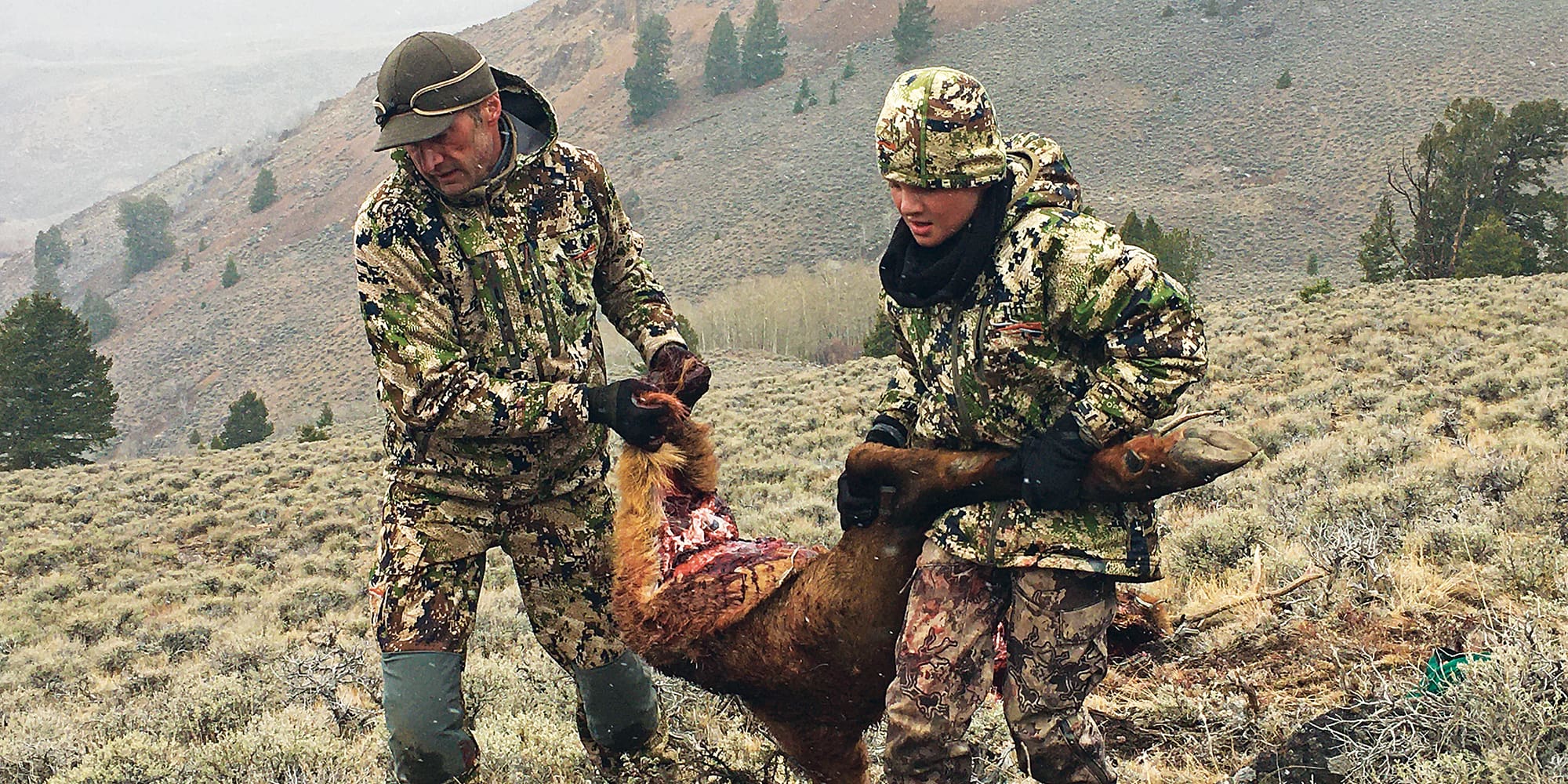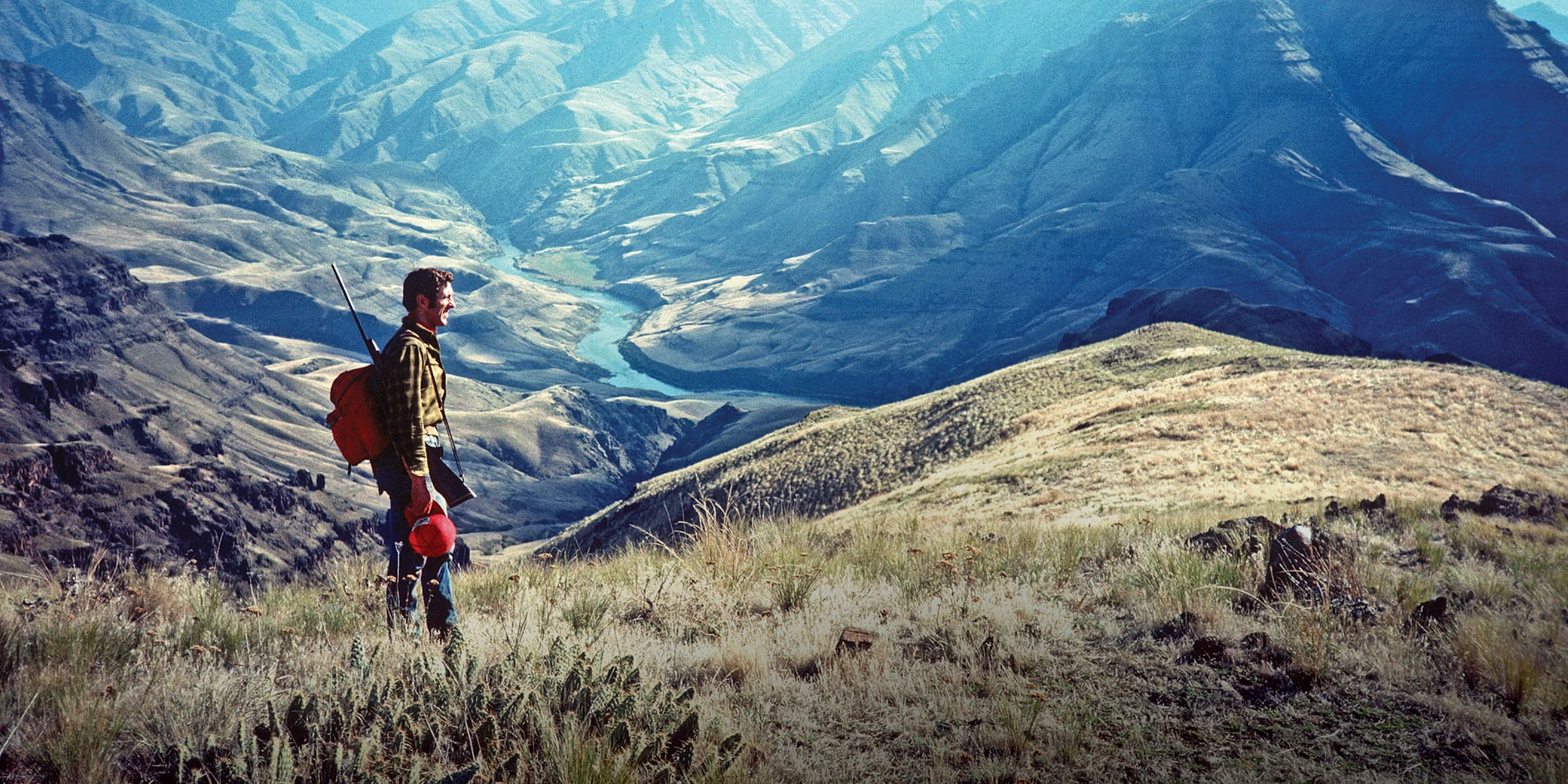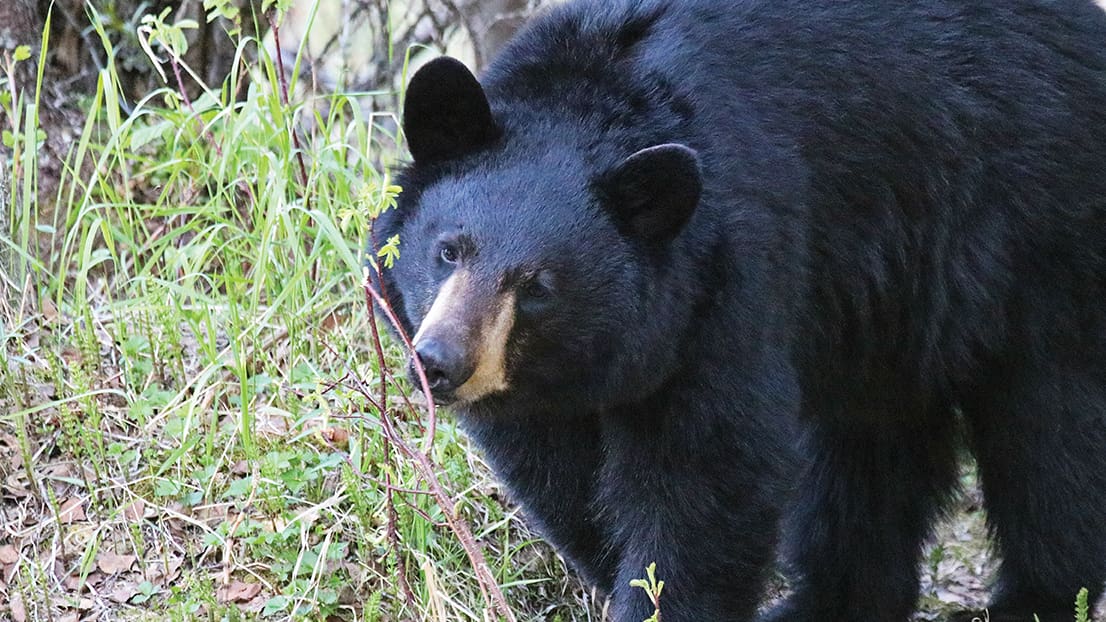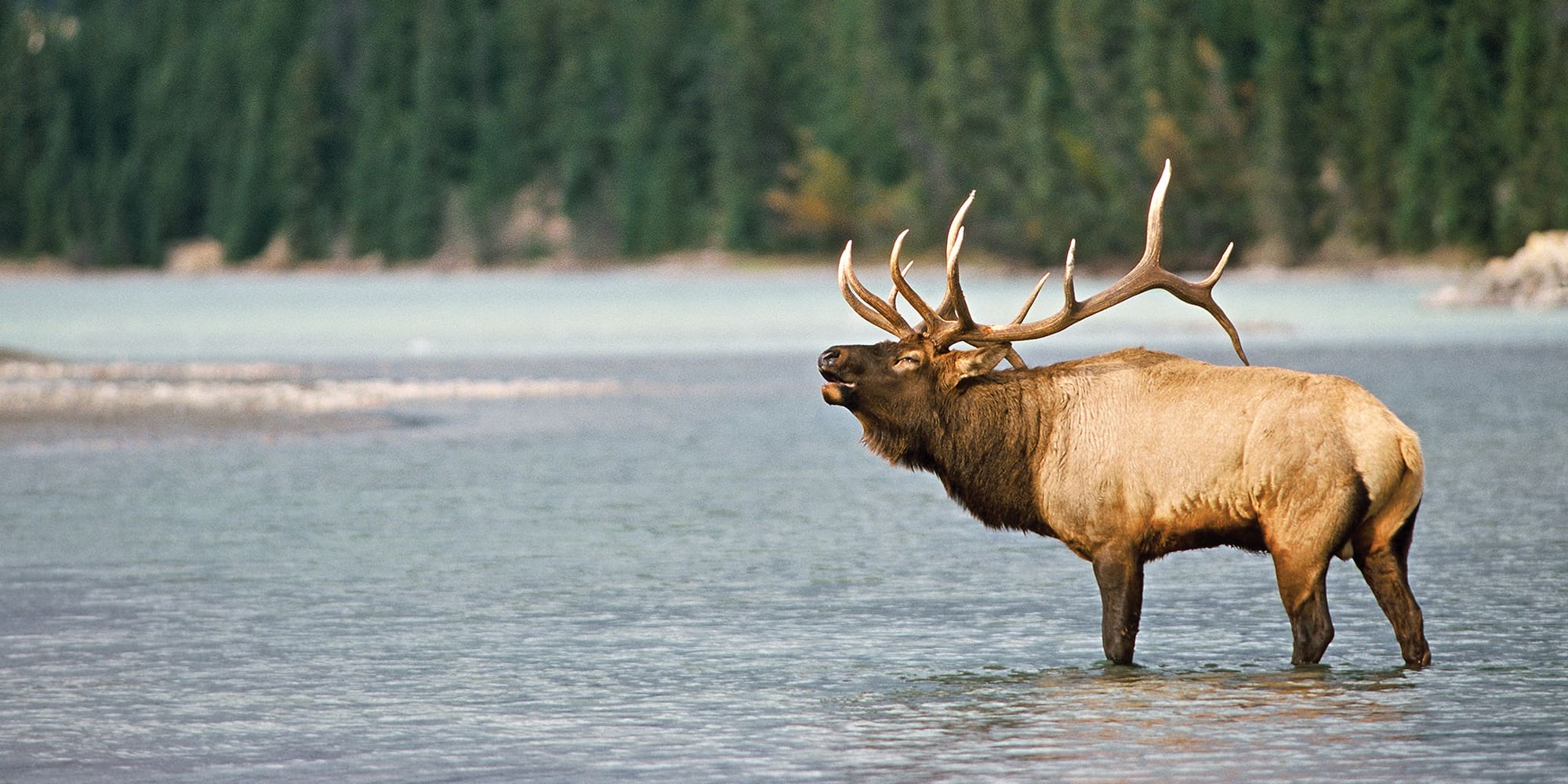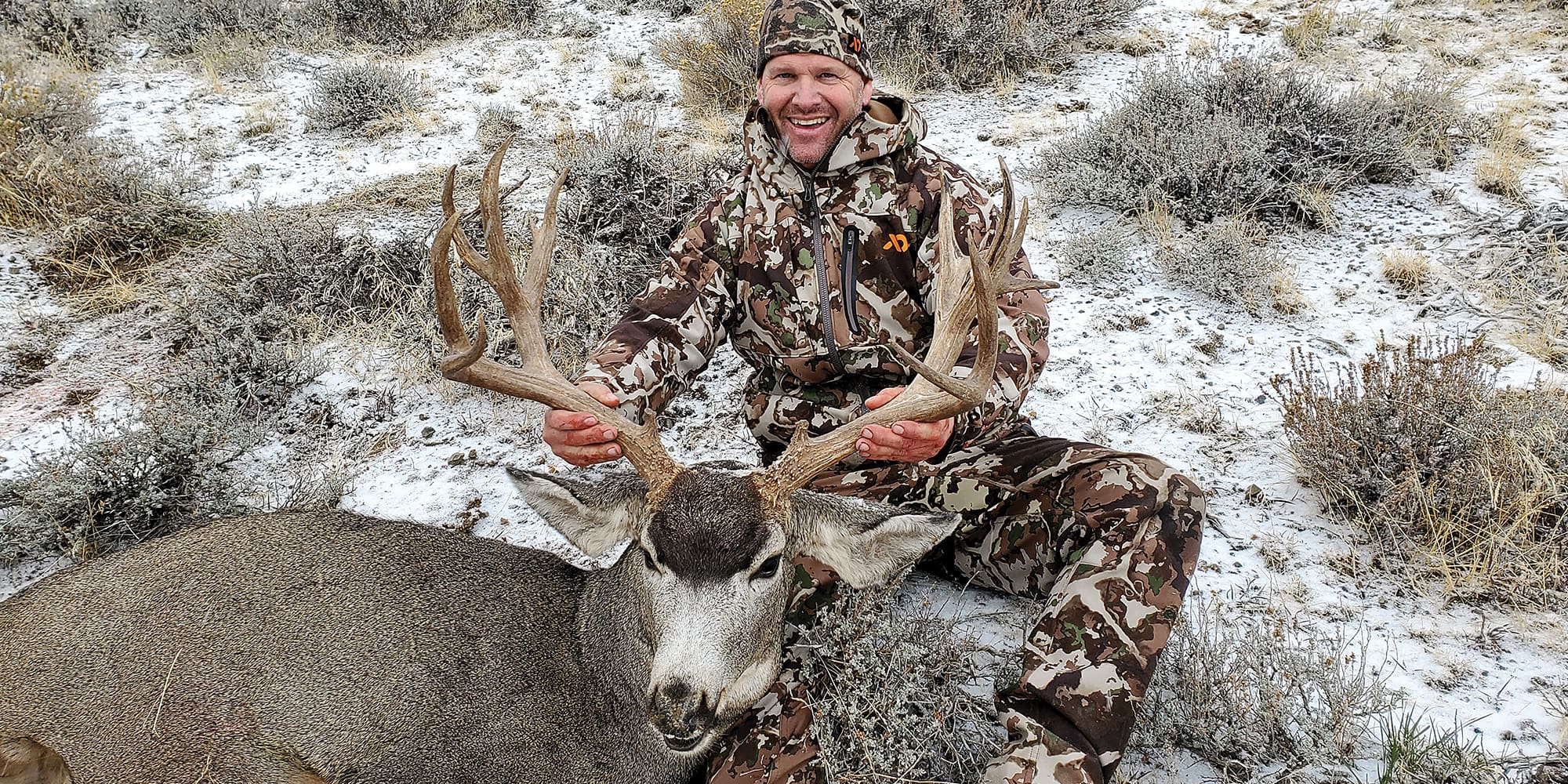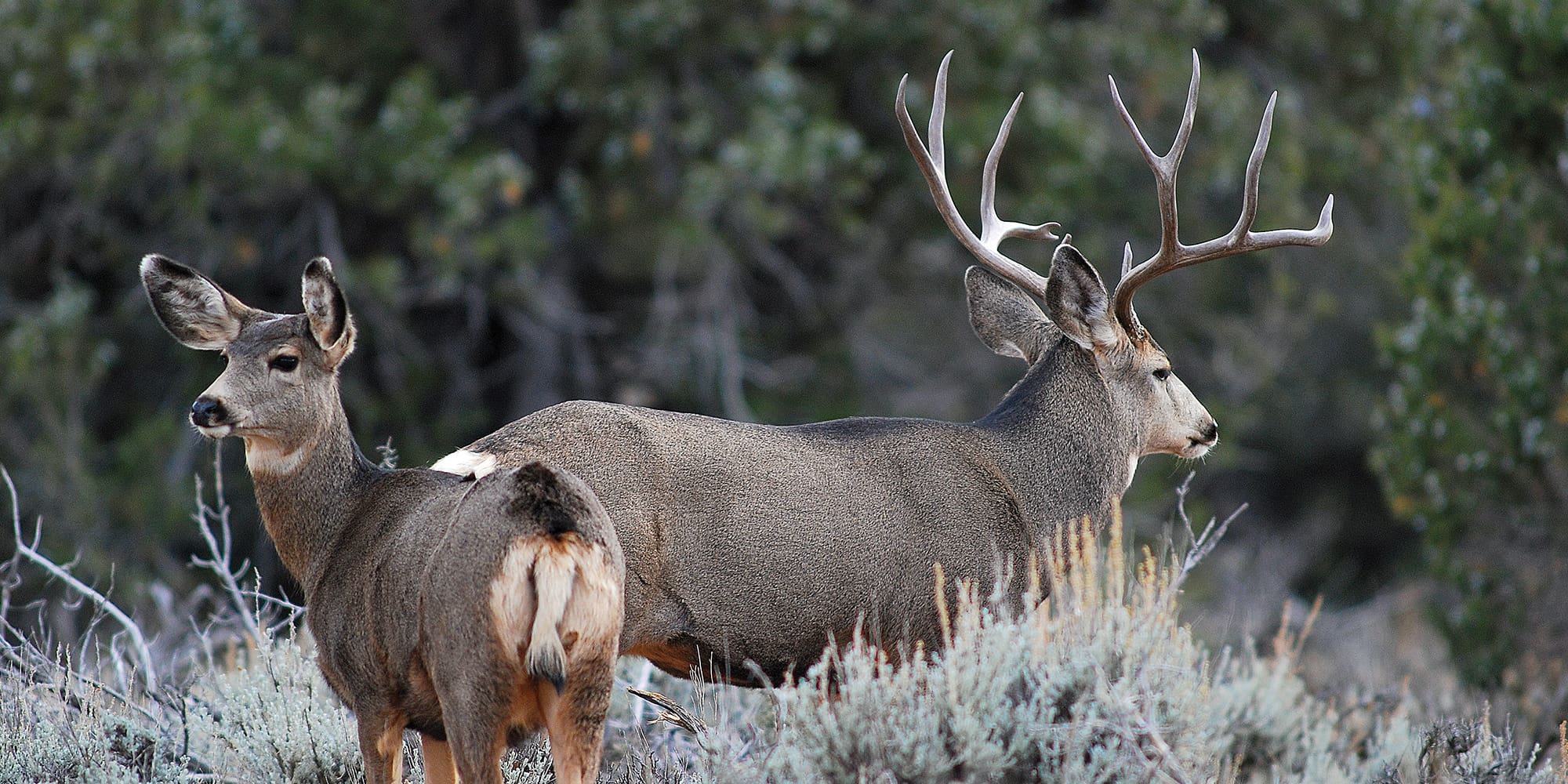
NOTICE: Certain links on this post may earn a commission for Western Hunter Magazine from Amazon or our other affiliate partners when you make a purchase. Thank you for your support.
One Man's Journey
Becoming a Sheep Hunter and the Quest for a Grand Slam
Sheep hunting is a privilege. The pursuit is also the most coveted hunting opportunity in North America, as evidenced by hundreds of thousands of applicants applying for close to 1,000 available permits in the Western states. The simple math of this small number of Lower 48 wild sheep permits tells you that most who apply for a sheep tag will never receive one.
I have been lucky enough to receive more than one sheep tag. This fortune took me on a path that - as a young man - I never could have foreseen.
In August of 2018, I took a Stone ram that completed my Grand Slam of North American Wild Sheep. It was the fulfillment and achievement of a goal that I didn’t know existed in me when it all started. This is the story of my journey.
Bighorn: An Unexpected Dream is Born
In my mid 20’s, I moved to Colorado from California to live in the Rockies, primarily to hunt mule deer. Colorado has ten huntable big game species and bighorn sheep is one of them. I still remember scraping up enough cash for a money order and dropping the envelope in the mailbox on deadline day. Every year I continued applying, simply hoping to experience a hunt for a bighorn in Colorado’s high country.
In 2000 (my eighth year of applying), an envelope came with a bighorn sheep license. I had one of the 36 available tags for both rifle and archery seasons in the notorious Sangre de Cristo Mountains, Unit S-9. Tag numbers were liberal back then because the sheep population was estimated around 700 and the mountains were impossibly rugged and forbidding. I wanted a tag bad enough that I purposely put in for one of the hardest units to hunt and easiest tags to draw. I reasoned I could outwork the competition.
There was a substantial issue that summer: I was finishing building my own house and I was the builder, laborer, finish carpenter, etc. I received a temporary certificate of occupancy in August, threw mattresses on the floor, and left for my first scouting trip a week before the season.
My sheep hunting knowledge was almost zero, so I had asked many questions. I had background info and some starting spots, but there was no substitute for “boots on the ground” experience.
My first scouting trip turned up a band of rams at last light in a nameless side canyon. This sheep hunting seemed easy enough and I was back in that same spot on opening day. Loaded to excess with a dated external frame REI pack and gear that seems comical by today’s standards, I spent four days wearing out my body and enduring intense torrential late-summer monsoonal thunderstorms. I never again located those rams.
For the next month, I continued these solo backpacking jaunts into extreme country with little to show for the efforts. Twice I spotted bands of rams at distances across drainages that would require a full day just to traverse.
I kept running out of water and this seemed to be my greatest limiting factor. Plus, there were those merciless slopes of the Sangres that were unrelenting, giving me my first experience in what it means to be in “sheep shape.” I was approaching the end of the season and had gotten my butt kicked, but not for lack of effort.
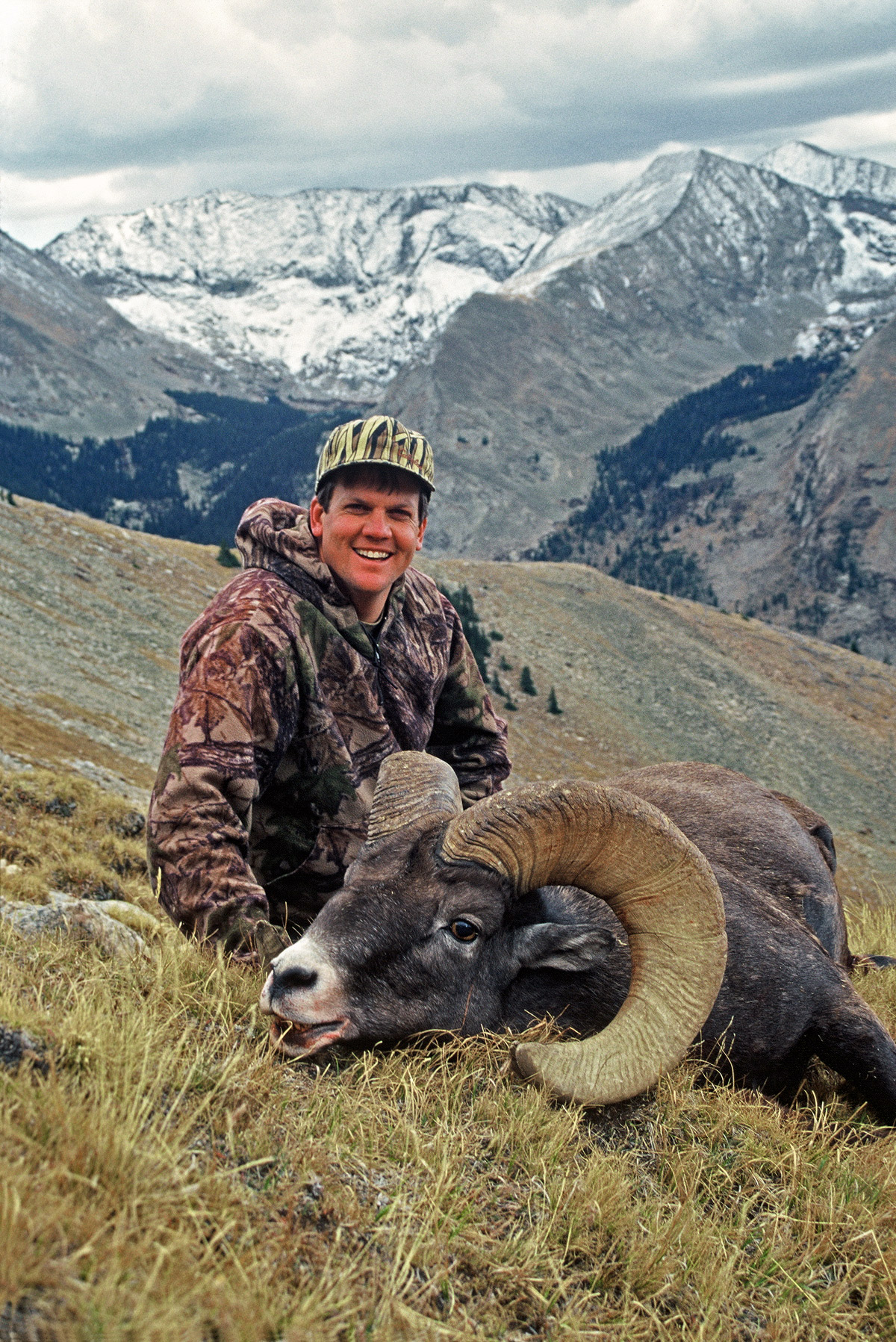
The passage of time is evident when comparing the photos of the author with his first bighorn and his Stone ram. This was the ram and the moment that put him on the life-changing course of becoming a sheep hunter.
An acquaintance, Scott Brumfield, graciously volunteered to accompany me on the last weekend. We backpacked up a drainage on a trail and then bushwhacked over 3,000’ up through north-side timber and rocks to a small alpine basin for a tentless night under early October stars.
The next morning was another 1,000’ grind up a rocky finger ridge above camp to the ridge near 13,000’, where we glassed miles of peaks and basins.
Late in the morning, we crossed a huge boulder field to glass the back of the drainage. Easing up to the ridge, I eventually saw a ram’s head and curl in my binoculars at 800 yards. Moments later, four rams materialized out of the rocks. There were two sickle horns, a heavy and broomed ¾-curl ram, and a strikingly dark ram that stood out from the others. He had horns that looked impressive to my inexperienced eyes and was clearly the dominant ram.
A two-hour classic slow butt shuffle across an exposed rock hillside put me within range. I crept up next to a Volkswagen-sized boulder and took a dead rest shot at 350 yards on the dark ram, hitting him hard and down he went.
I was completely overcome with the emotion and literally jumped up on the rock I was leaning against, throwing my arms into the air, screaming aloud. The toil, the sheepless thirsty days, and effort of the last month had pushed me to the point of nearly giving up. Still, here I stood, rewarded for the effort.
I had no idea what was about to happen next, and that was the life-changing moment of walking up on a ram you have worked so hard for. I knelt next to him, put my hand on the back of his horns, felt the warmth of his body, and was overcome with relief, awe, and pride. This instantly addictive high was something I couldn’t wait to experience again.
Unfortunately, this “ram hunter’s high” isn’t easily obtained by a man in my tax bracket. North Country hunts, while cheap by today’s standards, were far beyond my means. It had also been difficult enough that I honestly wondered at age 33 if I could physically do it over 40. I had much to learn and discover about how sheep hunting would test me physically. It would call for a level of mental resiliency that I didn’t know I possessed.
Desert: Defying Impossible Odds
After killing a ram in Colorado, a hunter must wait five years before they can apply again. Meanwhile, “Sheep Fever” had fully set in.
During my waiting period, I applied for one of the token desert sheep tags in Colorado. With almost lottery-type odds, this application seemed a pipe dream at best. However, in May of 2004, I saw “Successful” next to my name for desert sheep. Just four years after taking my bighorn, another adventure awaited.
It was at this point that I knew something special could be within reach. A Grand Slam of sheep was a lofty goal for a working-class guy, but when you have been fortunate enough to draw Rocky and Desert ram tags, the dream suddenly becomes more tangible. In reality, it becomes more of a commitment to making it financially palatable rather than simply relying on favor from the Draw Gods.
I started the homework process that goes along with drawing a special tag. As is often the case, the best help you can get is from someone who had already drawn the tag. Thus, I reached out to a fellow sheep hunter whose wife had the tag the previous year. I set my only real goal at taking a mature ten-year-old ram to bookend my 11-year-old Rocky.

The author’s home state of Colorado harbors a few small herds of desert bighorn sheep in the red rock canyons just east of the Utah state line and south of Interstate 70. The Colorado state record would be an average ram at best in many of the desert sheep units of Arizona and Nevada.
More help from friends and almost three weeks of hunting had only turned up four rams - all five-year-olds. A disease had gone through the herd, dropping the population by 2/3 and it seemed like older rams simply weren’t there.
I was now faced with the choice of going home without a ram or taking a nice representative ram. This was a conundrum I struggled with, but in the end, I took one of the nice rams we had watched in a beautiful red rock stretch of the Dolores River Canyon.
I had been lucky enough to “win” this rare opportunity to hunt desert sheep in my home state and was grateful. The second leg of the journey was complete.
Dall: Nothing Good Comes Easy
At this point, I knew what stood between me and a Grand Slam was more financial than anything else. My situation of a family with two young daughters meant that my priorities had to align with what was best for my kids.
I worked some construction projects and did some framing on my days off to work toward the nest egg I’d need to make it something that I could rationalize and afford. A Dall sheep hunt was the next and most obvious choice.
Two unsuccessful hunts with over 20 days spent in Dall sheep country was a painful lesson in North Country sheep hunting. Some people do go home empty-handed, but that often has to do with giving up or poor shooting, neither of which afflicted me. Long flights home and some serious self-contemplation followed. I wondered at what cost would this dream become a reality.

Adventure awaits when you travel to the North Country for a sheep hunt. Many hunts involve commercial air travel, a bush plane such as this Dehavilland Beaver on floats, followed by a horseback trip to camp and finally a climb on foot to the ram haunts.
It was on day two of my third Dall hunt that I spotted a distant ram that made me say aloud, “That’s the ram I’m looking for.”
As is often the case in Alaska sheep hunting, two air miles might mean a day or two on foot with a backpack full of gear and food. A drenching storm delayed a stalk another day, so it wasn’t until two days later that my guide and I trekked a chopped-up ridge of peaks and saddles in pursuit.
As we approached the saddle where they were bedded two days earlier, I took my gun off my pack and ran the bolt of the rifle, safety on. Suddenly, four rams burst into view 30 yards away, stopping below a 20-foot-tall pinnacle to look back and see what had spooked them. A full curl of horns and a scope image of white hair was all I needed to pull the trigger on the 11-year-old ram and put him down.
He fell at the edge of a huge, crumbling shale slide and started kicking. He managed to roll himself off of the grassy edge and started to tumble down the head of a thousand-foot ravine. I dropped my rifle - hurdling off the edge - and managed to grab one of his horns about 30 yards down the slide before he gained too much momentum.
We kicked footholds and a flat spot in the scree slope and took some quick photos. After we boned out the carcass and loaded our packs, we dropped into the valley for a night’s camp, followed by a long circuitous sidehill trek back to the airstrip the next day.
The third leg of my quest was now complete. The most difficult part for me still lay ahead, as I’m not in a tax bracket to simply write a check for a Stone sheep hunt. A divorce and the split parenting of two teenage girls simply meant that this dream was to be put on hold for now.
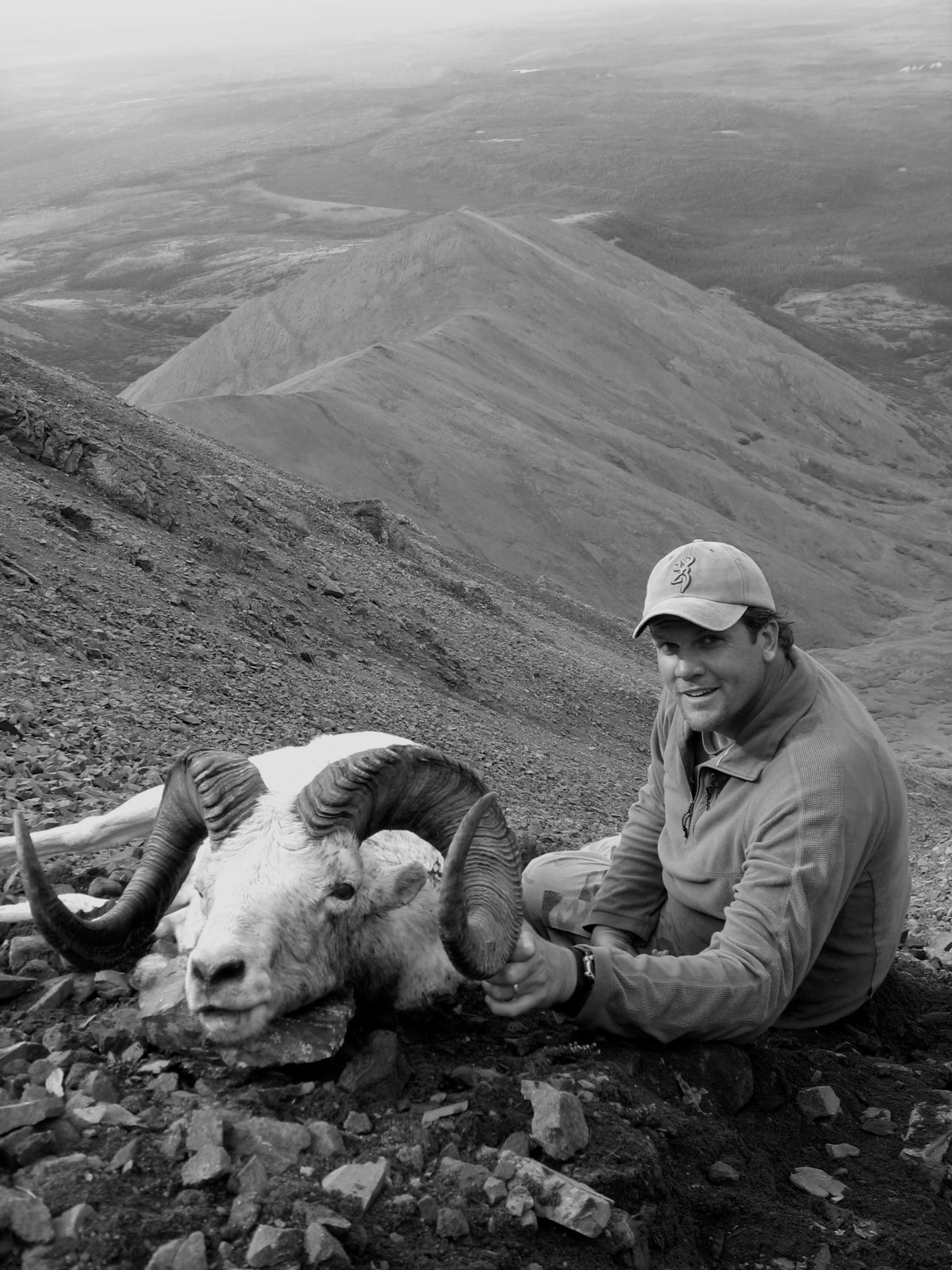
Not all sheep hunts are bargains. The author was on his third Dall sheep hunt before he connected with this 11-year-old ram. Unsuccessful sheep hunts are a reality and will test a hunter’s resiliency as much as the mountains and any weather.
What was also very apparent was that this affliction of “ram fever” wasn’t going away. Still, all I could do for the time being was kick tires at outfitters’ show booths and pester people about their Stone sheep hunting experiences. Everyone who experiences North Country sheep hunting has some “takeaways” and in my mind, some problems solved.
Stone: 32-1/2 Days of Toil & ½ Day of Elation
It would be 11 years before I would complete my Grand Slam. There is no singular story that can be told in brevity to completely portray this part of the journey. To simply pick out excerpts here and there really doesn’t paint a complete and accurate picture of what I went through.
There were three trips, all driving from my home state of Colorado to northern British Columbia, which totaled over 15,000 miles and days of windshield time. I had 33 days in the field, seeing no legal rams during the first 20; transportation with float plane, horseback, UTV and an incredible amount of Cassiar real estate covered, mostly on foot; weather, bogged down horses, and many other hurdles. Expenses and costs that no one other than a sheep hunter would justify were a large part of this process. All of this culminated in one shot and one moment.
At first light on August 19, 2018, the 13th day of my third hunt for a Stone sheep ram, I spotted a ram high on the mountain that had a longer left twisting horn and I knew we had found “Houdini”. Dustin Roe and his guides had nicknamed this elusive ram the year before, when he eluded hunters and disappeared. I was the fourth hunter to try for this ram in two seasons.
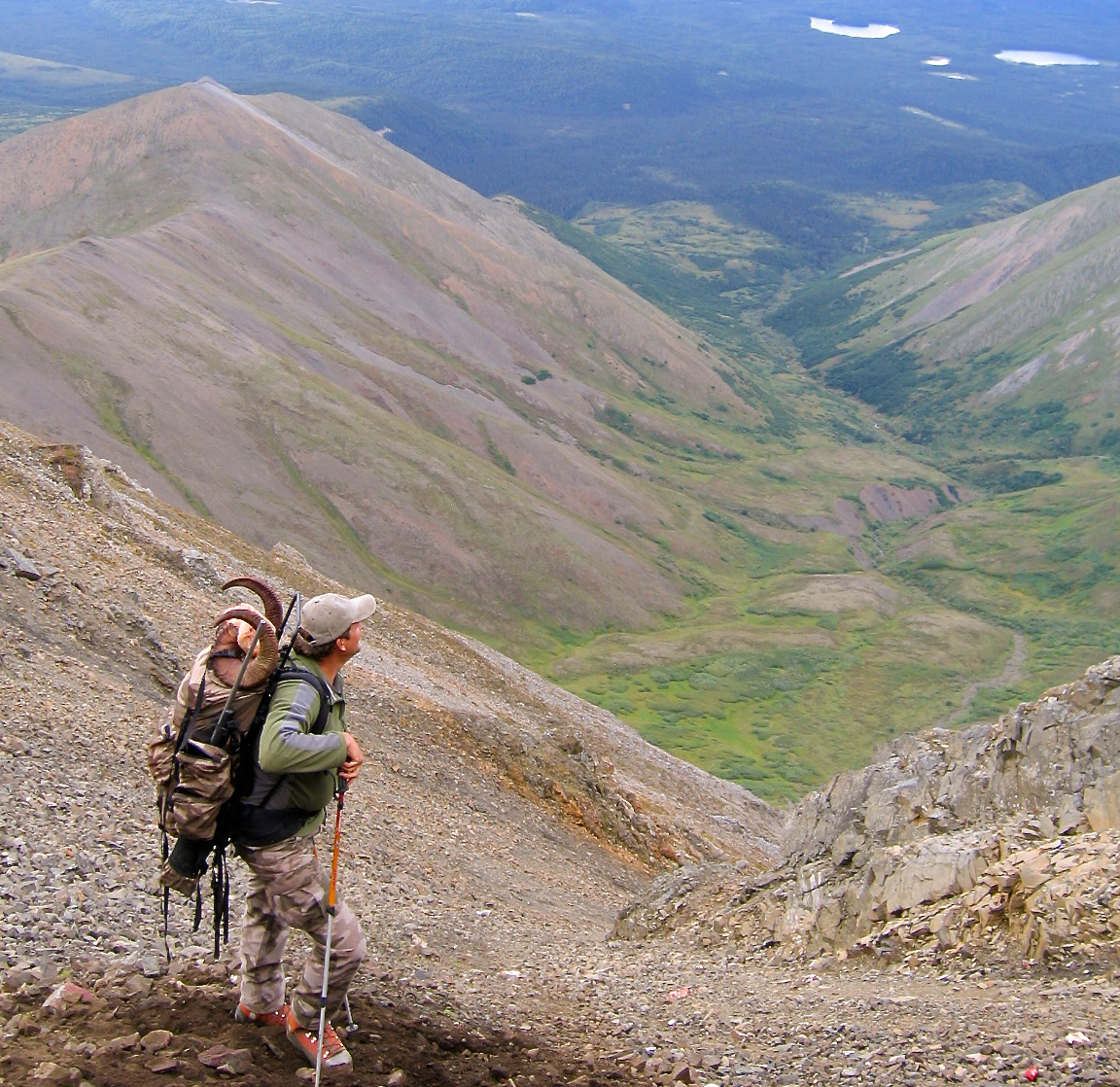
Never pass up the honor of packing out your ram’s horns. You’ve worked hard to get to that moment and it’s a fantastic part of the process. The author with his Dall ram horns, Alaska Range, August 2007.
The day was promising with blue skies, plus the ram was bedded in a spot very conducive to spot and stalk. What happened during this day was all a sheep hunter could hope and ask for.
That evening, on my 33rd overall day of Stone sheep hunting, Dan Watson and I crossed a boulder field as fast as we could, hoping for a chance at this great ram I had spotted over 12 hours earlier. The ram seemed to randomly make moves all day long, changing beds and wandering from one unapproachable spot to another, disappearing behind the end of large boulder field toward evening. We knew it was now or never and made a banzai rush down the drainage and started hopscotching across a tumbled mess of large boulders.
The band of four Stone sheep hadn’t been spooked the entire day, but when Dan hissed to me, “Rams,” I froze behind a boulder. The rams had winded us and were now alert. They stood broadside, looking for the source of danger from a small mountainside bench at 380 yards.
I doublechecked the range and sat on a rock, turning my body sideways and resting my rifle on the boulder. An awkward shot position, the rest still felt solid. Practice and experience made the shot seem straightforward even if my emotions were doing backflips. It was as high pressure of a shot as I’ve ever experienced, amplified by the toil of finally getting to this moment. The ram humped up at the shot and dropped to his final resting place on the small bench.

A candid reveal of the moment Mike walked up on his Stone ram after the 18-year journey that brought him to this place. The rollercoaster of emotions in sheep hunting will take you to a level not easily conveyed to those who haven’t experienced it.
To say I was overwhelmed would be an understatement. Honestly, I had fantasized about this moment, and what I expected was high-fives, tears, hugs, and elation. What I instead felt was a quiet, heavy burden being lifted from my shoulders - the relief of an incredible amount of self-imposed pressure.
Walking up on this spectacular ram, Dan and I sat down next to him and took in the moment. James and Roberto (two other guides who were on top of the peak above us) made their way down to us as the moment settled in. These men, who had chosen this guiding life, were now friends, simply because of shared experience on a nameless mountain in the Cassiars. Anytime a hunter takes a “Slam Ram”, the guides are generally excited and honored to be part of the moment and these guys were definitely that. They understood what it took.
An Enlightened Mindset
Sheep hunting has been a transformational experience and has forever changed me. It really is a concept that some might find difficult to appreciate, but the passion for this type of hunting, the mountains, and the reverence for the animal itself goes beyond what I had experienced in other forms of hunting.
The terrain, weather, commitment, and exertion all test a hunter to varying degrees based on time and circumstance. Not every sheep hunt is as difficult as the next; some can be downright easy. With that acknowledgement, let me also say that I’ve never in my life been so challenged both mentally and physically with such consistency. I know for a fact, I’m not alone.
The camaraderie of sheep hunting is real. I really couldn’t even list all the people who’ve had profound impact on me that I’ve met through sheep hunting. Thanking them all here seems silly, as the list would be ridiculously long. Right at the top though, is my wife, Shellie. She accepted and supported this quest in a way that speaks to her love and appreciation for how important this journey was to me.
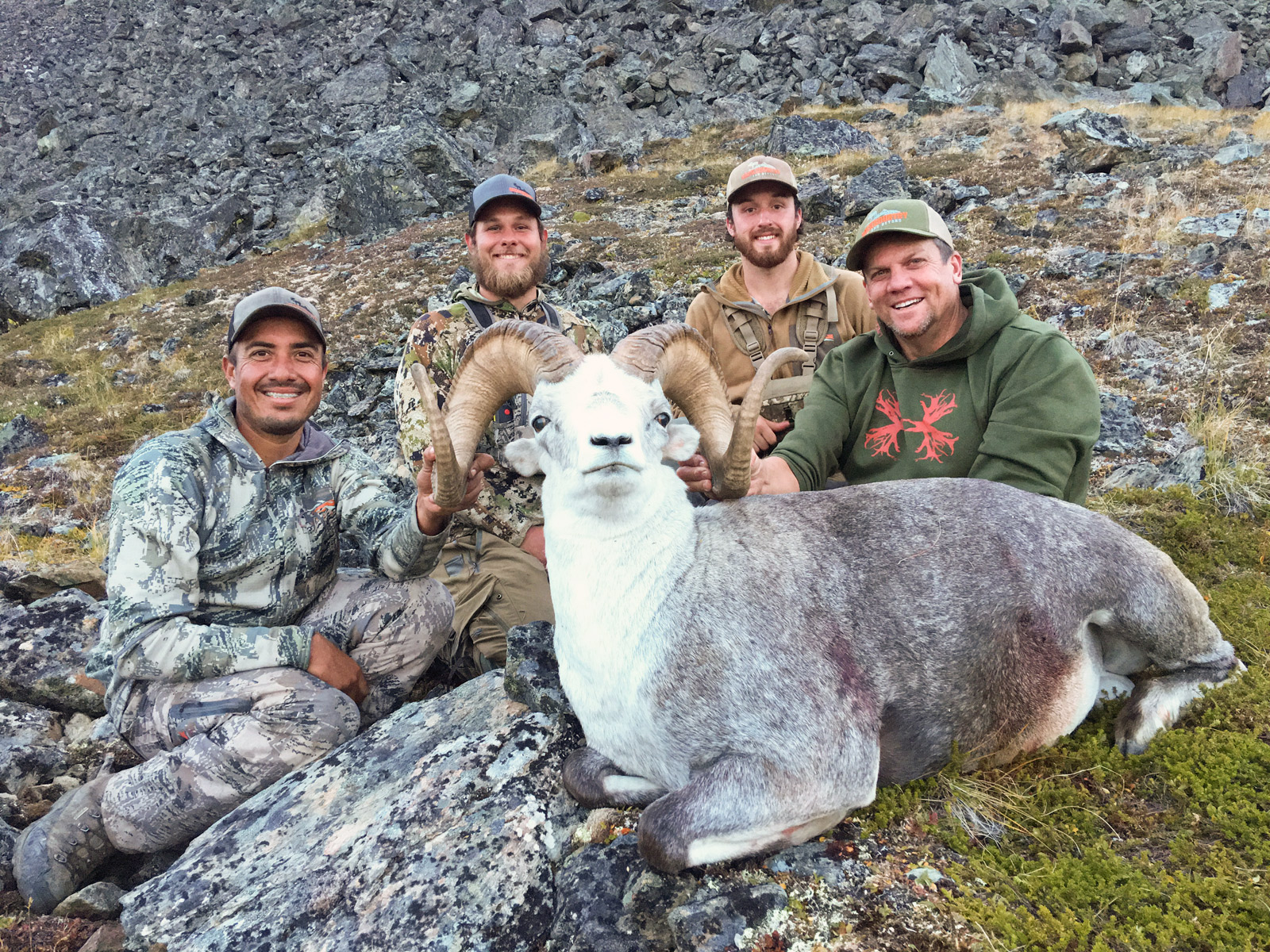
A Grand Slam ram is a moment of elation for all involved, including guides. Here, Roberto Aguilar, Dan Watson, and James Cruikshank of Dustin Roe’s Cassiar Stone Outfitters are pictured with the author.
While this might seem cliché’ because most sheep hunting tales have a similar story line, there is a lesson: without love and support by those closest to you, an additional challenge is added and personal conflict can arise. A hunter’s desire to reach goals and search for this highest of adventures can be very impactful on your loved ones. It’s important to understand and appreciate the sacrifices they made too.
I made the decision to work toward the Grand Slam of North American Wild Sheep years ago. What this quest showed me is there are rewards in this pursuit that are intangible and also soul enriching – the days experienced in pursuit are as great as the rams taken. It’s a mindset and a luxury that is easier to embrace with success achieved, and unclouded by the distraction and ache of falling short at times.
I hope to experience more sheep hunts and hike the mountains that these incredible animals call home. A sheep hunt dream can be an expensive one, but dreams are worth chasing, and it’s that journey that is worth the effort.


